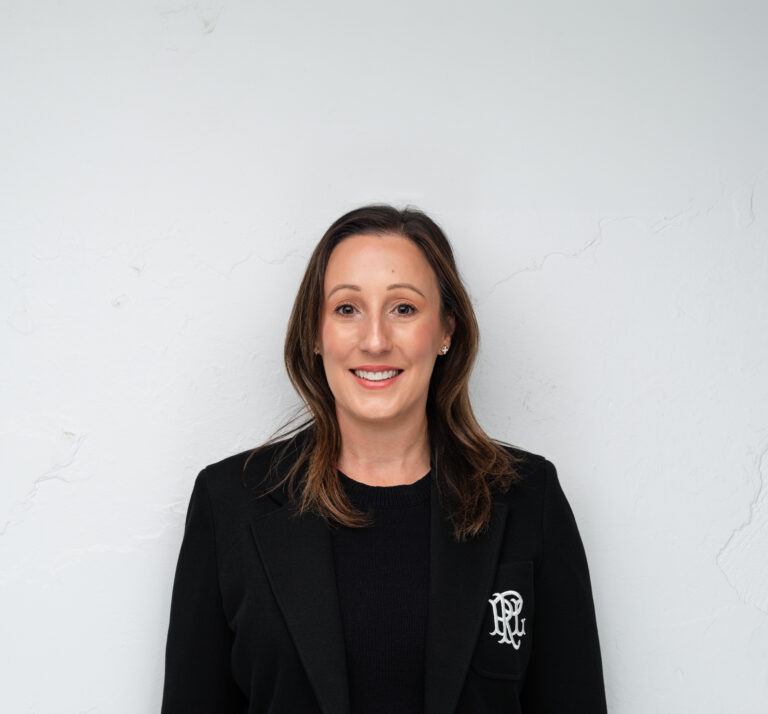Why HR’s strategic partnership with leadership is critical for growth and resilience. In every high-performing organisation, the relationship between the CEO and their Chief People Officer (CPO) sits at the heart of leadership success. Done well, this partnership is built on trust, values alignment, and a shared vision. It balances the CEO’s strategic direction with the CPO’s deep understanding of people, culture, and organisational dynamics. Importantly, it thrives on a healthy tension — where support and challenge coexist, ensuring better decisions and stronger outcomes.
But this relationship doesn’t exist in isolation. The CEO–CFO–CPO triangle is one of the most powerful levers in any business. When these three leaders operate with transparency and unity, the organisation benefits from a robust balance of vision, financial discipline, and people focus. When the triangle fractures, the consequences are profound: ineffective decision-making, poor cultural alignment, and lost opportunities.
Confidant and Informant: More Than Just Support
One of the most valuable roles the CPO plays is as both confidant and informant to the CEO. That means creating a space for open, two-way exchange while also keeping the CEO grounded in what’s really happening across the organisation — the culture, the risks, and the realities often hidden from board papers and executive dashboards.
I have seen firsthand what happens when HR fails to play this role effectively. In relationships where HR provides biased, self-interested, or inaccurate perspectives, trust quickly evaporates. The CEO senses the bias and sidelines HR, reducing the function to a transactional, back-office role. HR becomes the last to know rather than the first — losing influence, credibility, and the ability to drive meaningful change. Pay reviews, in particular, are a classic example: when HR advice is skewed by self-interest, CEOs smell it a mile away, and the relationship weakens irreparably.
Commercial Acumen as a Ticket to the Table
For HR to be a true strategic partner, commercial and financial acumen is non-negotiable. Understanding the business model, margins, and financial levers gives the CPO credibility in the eyes of the CEO and CFO. It also enables HR to stress-test assumptions, challenge decisions constructively, and sell HR business cases in language the executive understands.
Without it, HR is excluded from the very forums where influence is forged. I have seen CPOs without strong financial literacy left out of critical meetings, invited only after decisions have been made. They miss opportunities to observe behaviour, sense organisational dynamics, and shape strategy. In these situations, HR is reduced to a directive service provider, carrying out tasks rather than influencing outcomes.
Values Alignment and the Risk of Misalignment
Perhaps the most defining factor in the CEO–CPO partnership is values and vision alignment. When trust, clarity of purpose, and a shared appetite for risk exist, conversations flow more easily, even in times of disagreement.
But misalignment can quickly unravel trust. I’ve seen examples where a CEO has a greater risk appetite while HR has taken an overly conservative approach. The result? HR strategies that don’t land, mounting business frustration, and an erosion of trust. Perceived inactivity or a lack of decision-making from HR can leave the CEO feeling unsupported, while HR grows increasingly alienated from the organisation’s true direction. Over time, this fracture damages both the relationship and the organisation.
Navigating the Push and Pull
The hallmark of a strong CEO–CPO relationship is the ability to balance support with challenge. At times, the CPO must be the devil’s advocate, offering perspective, surfacing alternative options, and ensuring risks are fully understood. At other times, it is essential to step back, support the CEO’s decision fully, and present a united front.
This requires judgement — knowing when to push, and when to back down. Strong relationships make this possible. A trusted partnership allows space for challenge without fear, while also making it easier to commit wholeheartedly when the decision has been made. It is never easy, particularly when the CPO doesn’t personally agree. Ultimately, it comes down to experience, intuition, and whether you can live with the decision once the debate is over.
Pushing Beyond Comfort Zones
The best partnerships are those where both leaders push each other beyond their comfort zones. For CEOs, that might mean being more visible with employees, embracing authentic storytelling, or stepping into the digital spotlight. For CPOs, it could mean sharpening financial acumen, leaning further into strategic risk conversations, or raising their external profile as industry thought leaders.
When both leaders challenge each other to grow, the organisation grows with them.
The Value of Tension
There should always be a degree of tension in the CEO–CPO relationship. It is in this tension that the best decisions are made. Without it, HR risks becoming an echo chamber. With it, leaders are held accountable, assumptions are tested, and blind spots are revealed.
The most effective CEO–CPO partnerships are defined not by harmony, but by constructive tension grounded in trust, shared values, and clarity of vision. Supporting the CEO does not mean blind agreement. It means walking the line between ally and challenger — and knowing that in that delicate balance lies the foundation for resilient, high-performing organisations.






